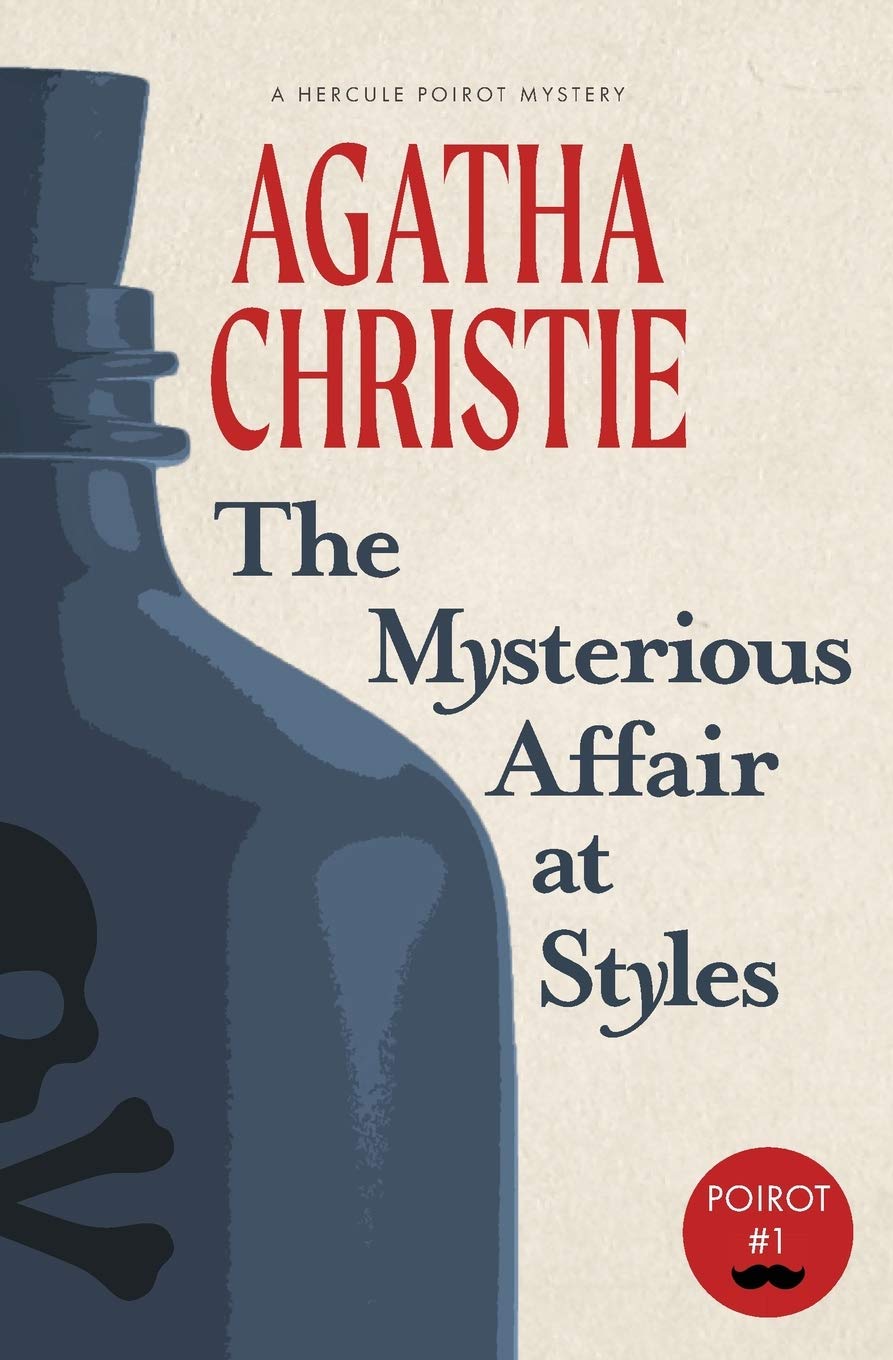CHAPTER XI — THE CASE FOR THE PROSECUTION
byChapter XI begins with tension mounting as John Cavendish stands trial for a crime that has shaken the household to its core. From the opening statements, it becomes clear that public interest in the case is immense, with whispers echoing throughout the courtroom. While John appears calm, the pressure of suspicion weighs heavily on everyone present. Beside him, Mary sits with quiet strength, refusing to let doubt fracture her visible loyalty. The prosecutor presents a series of circumstantial points, each adding layers to the impression that John acted out of desperation. Financial records, whispered gossip, and misconstrued motives begin to cloud the reality, pushing him closer to a conviction that feels premature. However, the defense is not idle. Sir Ernest Heavywether delivers a meticulously composed argument, carefully picking apart each assumption with logic, reframing them as unreliable or misinterpreted.
Throughout the trial, Hercule Poirot remains noticeably restrained, watching intently from a modest position in the courtroom. His silence is not born of doubt but strategy, as he watches patterns form within testimony and behavior. The smallest detail, one the courtroom overlooks, settles in Poirot’s mind like a missing puzzle piece. A single misplaced word or recalled action reveals to him what others have missed. Even the behavior of those not on trial—subtle glances, body shifts, inconsistencies in tone—serve as signals to his deductive process. While Sir Ernest casts doubt on the timeline and the handling of evidence, Poirot begins constructing the truth beneath the surface. What he observes promises a revelation that may shake the trial’s foundation and change the course of John’s fate entirely.
As the defense grows bolder, it cleverly introduces alternative theories, each meant to stretch the jury’s certainty. Testimonies that once seemed solid begin to blur under cross-examination, especially when inconsistencies surface regarding who last saw Mrs. Inglethorp and when. Questions about the strychnine and the means of its delivery generate confusion, creating space for reasonable doubt. In this moment, Poirot identifies the precise flaw in the narrative. An object forgotten, a motion dismissed—these hold the key. He does not speak yet, knowing the timing must be perfect. Justice, for Poirot, is not about rush or bravado. It’s about certainty, and every element must align before the truth is revealed.
The courtroom atmosphere grows heavier with each session, drawing emotional energy from everyone involved. For Mary, the ordeal stirs not only fear but the sting of reputational harm and a life on the verge of collapse. For John, the defense gives him brief hope, but it’s Poirot’s calm presence that anchors something deeper. He trusts the detective’s silence. Meanwhile, other figures in the household remain unsteady—each carrying their own secrets, regrets, or half-truths. The case becomes more than a murder mystery. It exposes emotional fault lines, family tensions, and hidden fears. Poirot’s method works precisely because he sees these not as distractions but as signs of deeper truths. A trial can only offer part of the picture—emotion must be balanced with evidence to see the whole.
In the final moments of the day, Poirot quietly approaches the narrator, drawing him aside with sudden intensity. A detail from an early conversation replays in his mind—something spoken offhandedly yet with unusual specificity. It leads him to connect a chain of events missed by everyone else. The pieces fall into place. Without alerting the court just yet, Poirot resolves to confirm one final point, knowing it will close the loop. It is a move not driven by arrogance but by discipline—he will act when it matters most. As the day ends, the air is filled with uncertainty, but something has shifted. The real story behind the death is ready to emerge, and Poirot alone holds the full picture.
This chapter showcases the careful pacing of truth, illustrating how justice is a process not only of law but of understanding. Facts may lie in plain sight, but it takes perception, timing, and clarity of thought to draw them together. In a courtroom filled with assumptions and half-finished truths, Poirot’s silence speaks volumes. Behind every confident accusation lies the possibility of error, and it is only through patient examination that innocence or guilt can be rightfully declared. In this pivotal chapter, the tension of the trial blends with the quiet unfolding of deeper insight—an elegant lead-in to the answers that will soon come to light.

